Data Communications and Internet Protocol: A Comprehensive Review
VerifiedAdded on 2023/06/13
|7
|560
|500
Homework Assignment
AI Summary
This assignment solution provides an overview of data communications and the Internet Protocol (IP), highlighting its role in transferring datagrams. It details the differences between IPv4 and IPv6, focusing on address length, header checksum, option handling, and IPsec support. The solution also explains the Domain Name System (DNS), its function in locating domain names, and its operational process involving requests, server interactions, and information retrieval. Furthermore, it identifies key developers of the internet, including Tim Berners Lee, Ray Tomlinson, Vinton Cerf, Bob Kahn, and Paul Baran, recognizing their contributions to the World Wide Web, email implementation, and network development. The document concludes with a list of references used in compiling the information. Desklib provides access to this and many other solved assignments to help students in their studies.
1 out of 7

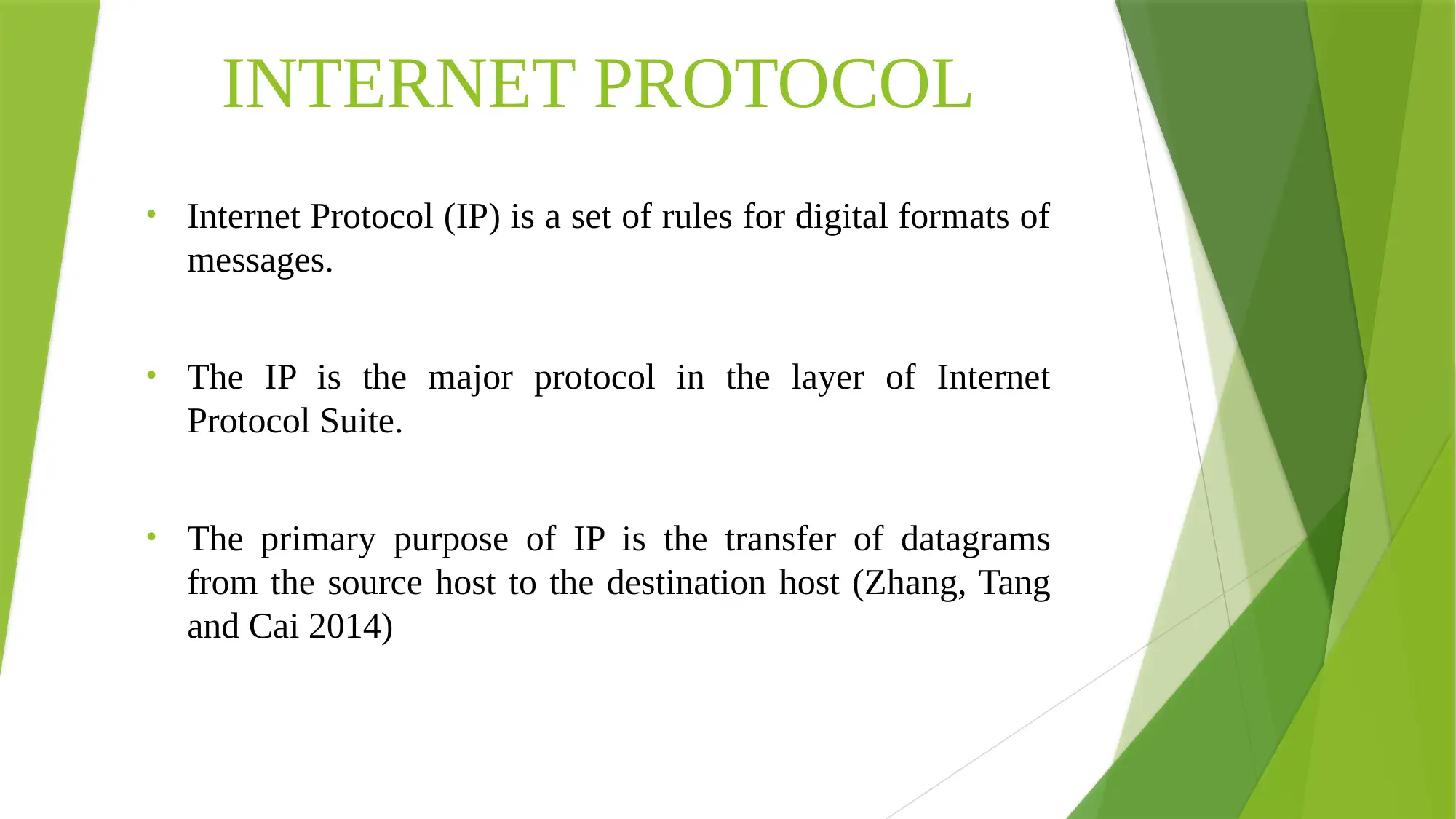
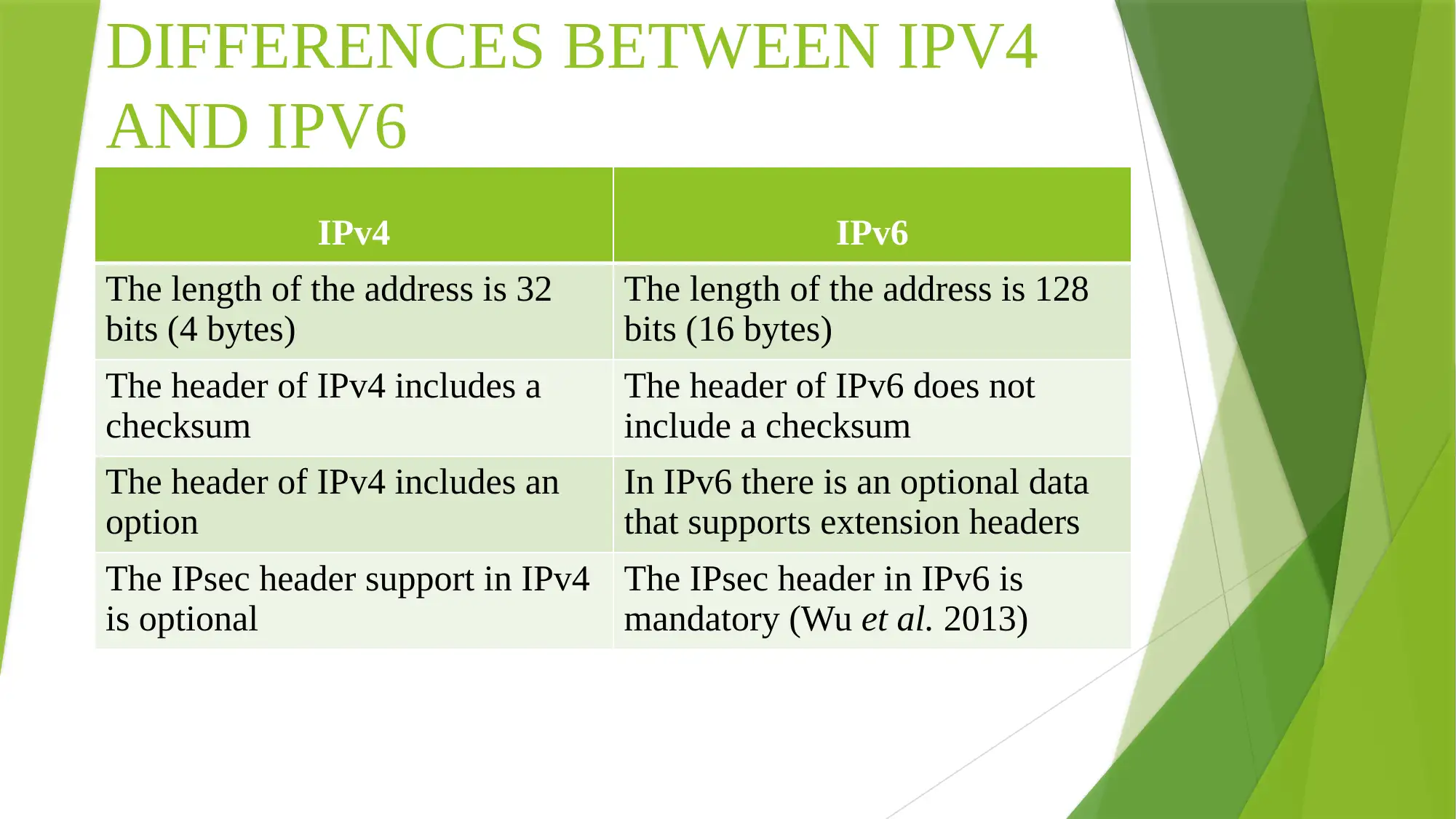

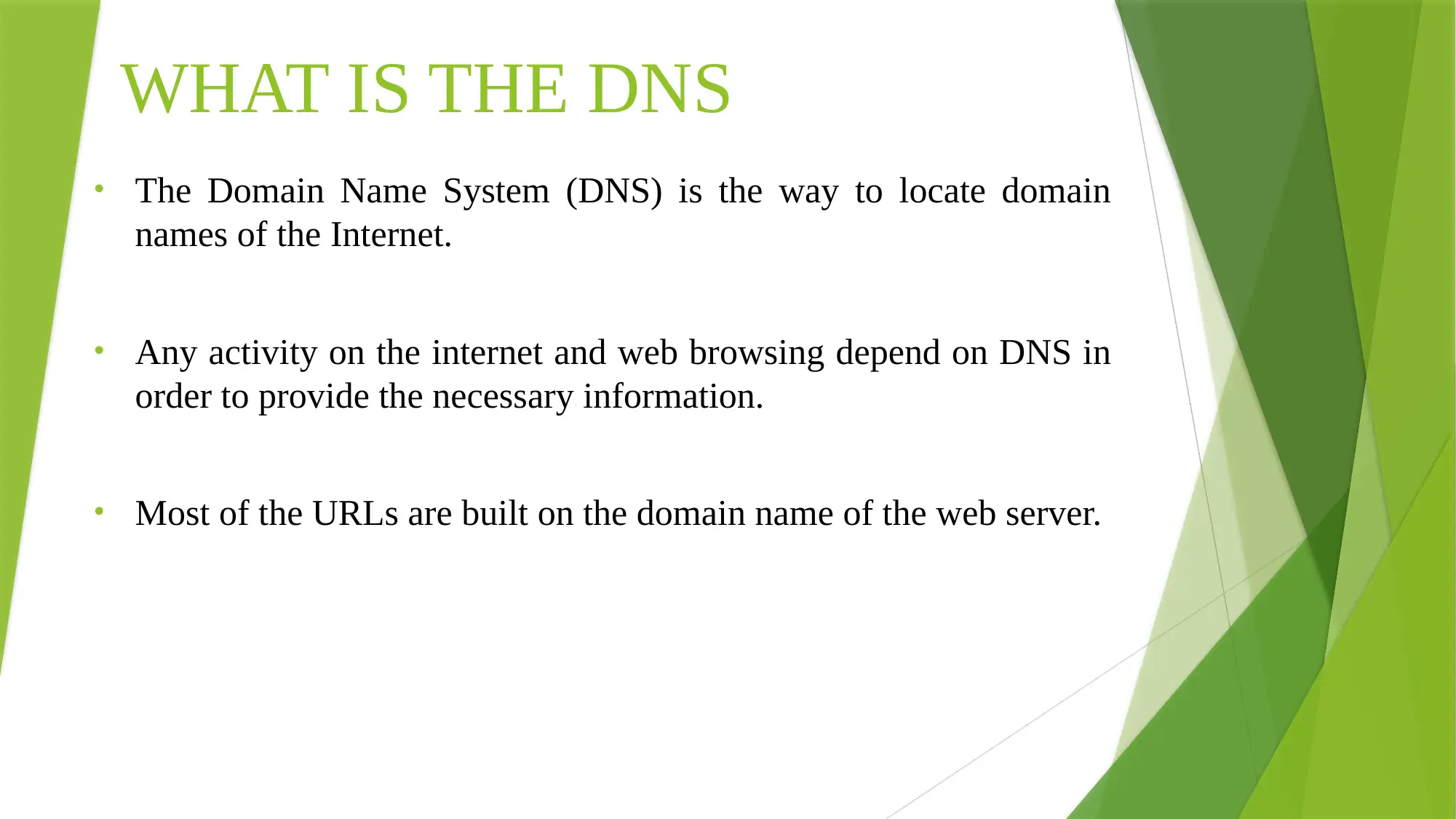
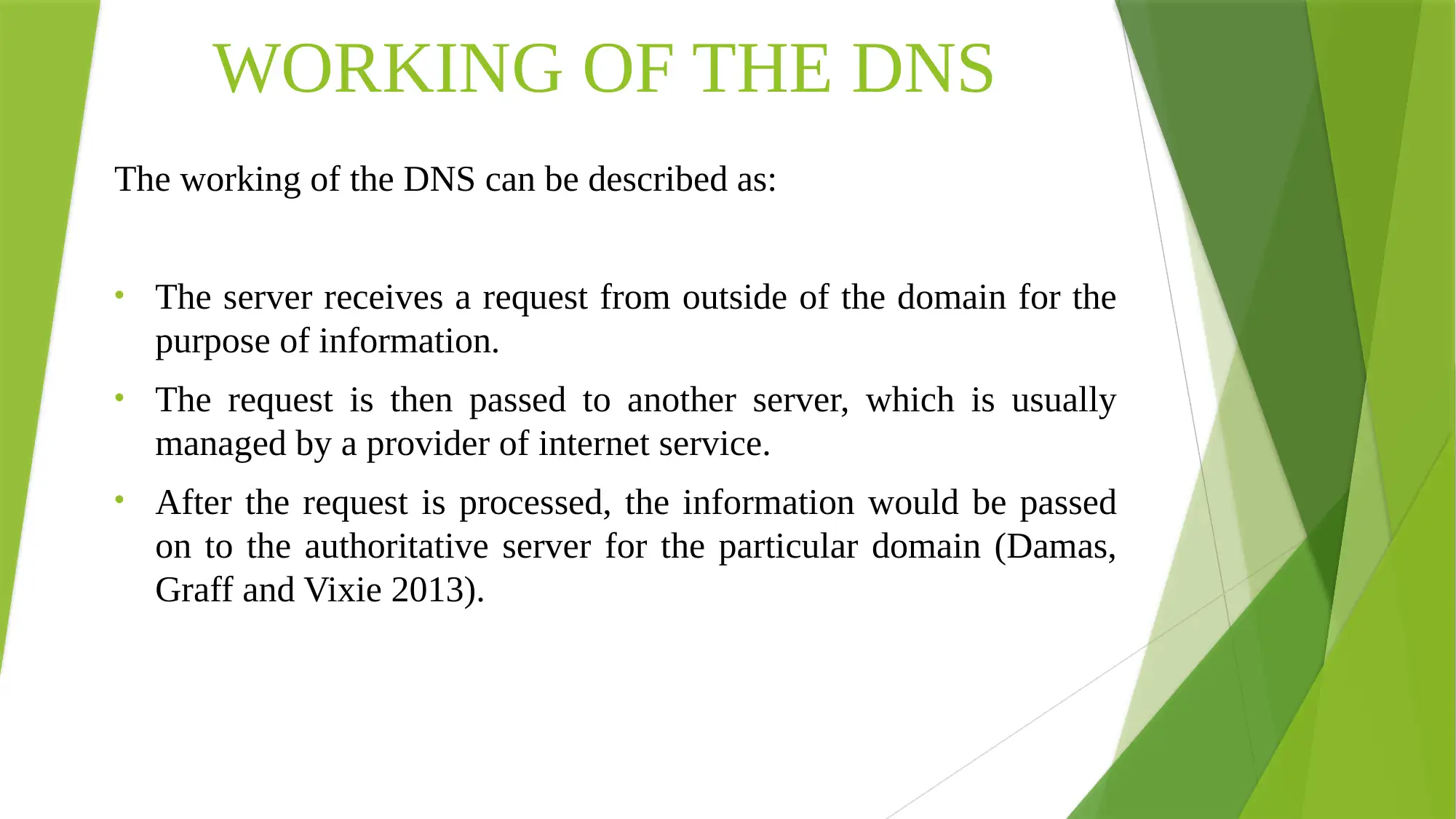
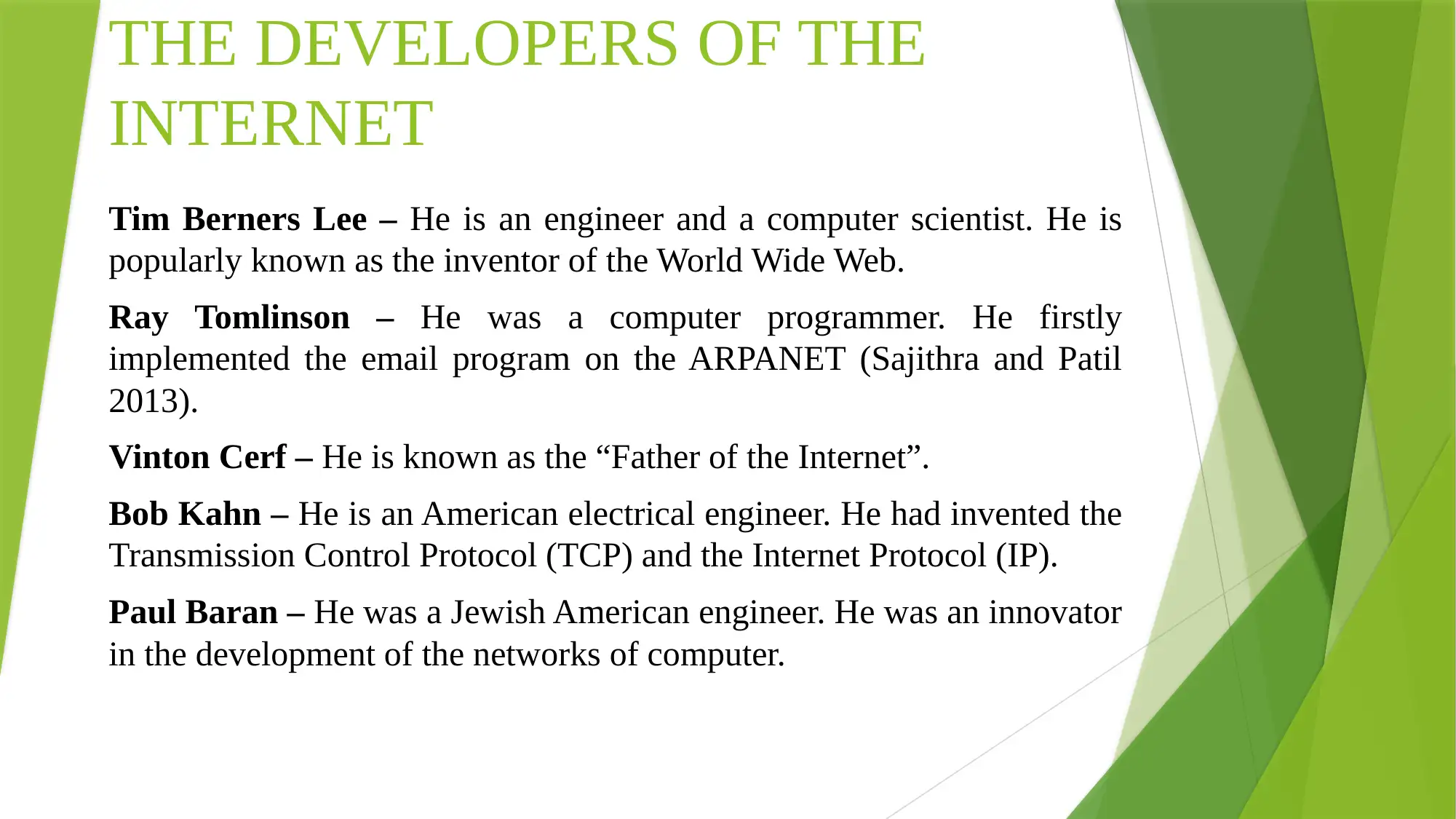
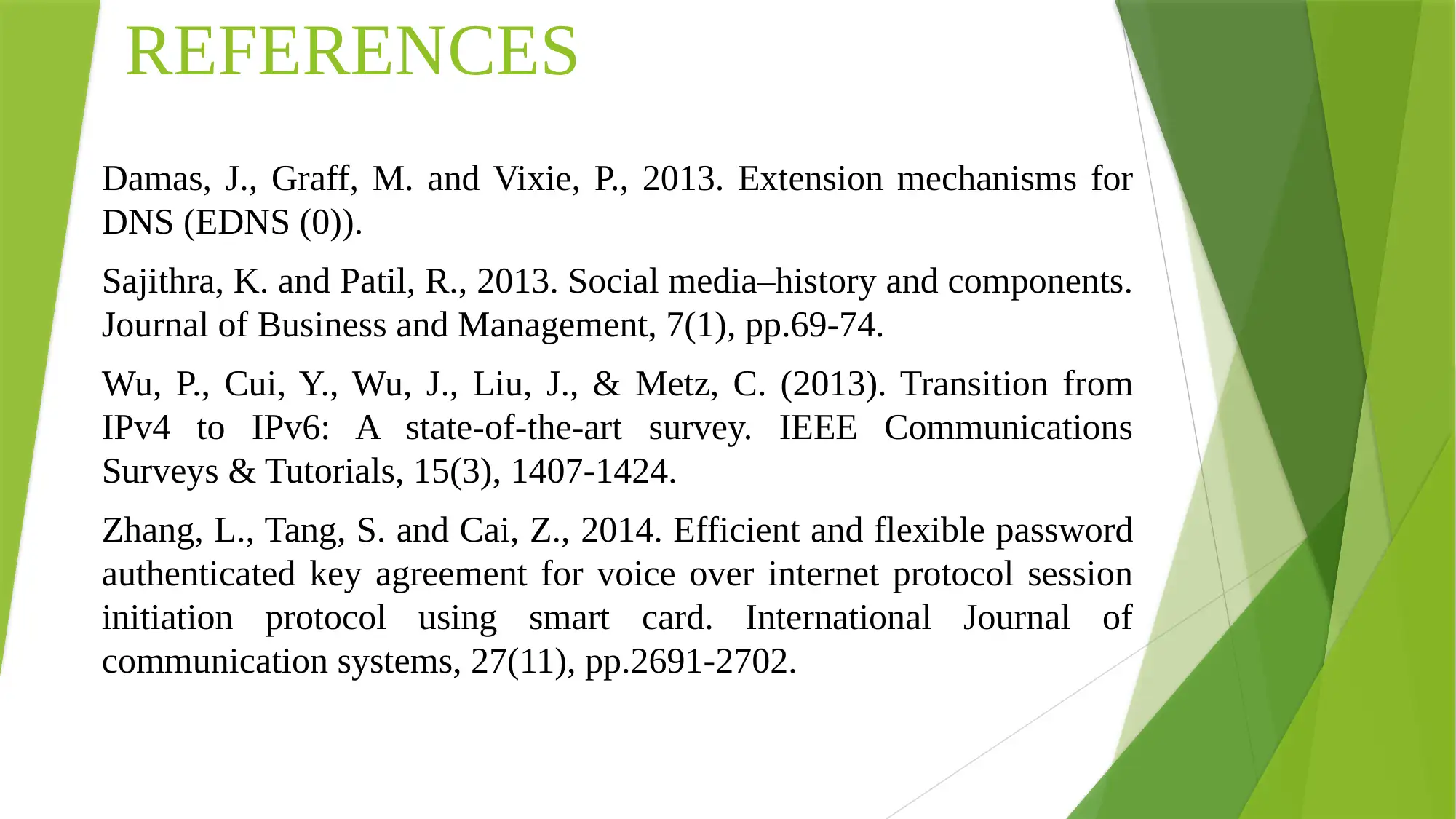

![[object Object]](/_next/static/media/star-bottom.7253800d.svg)